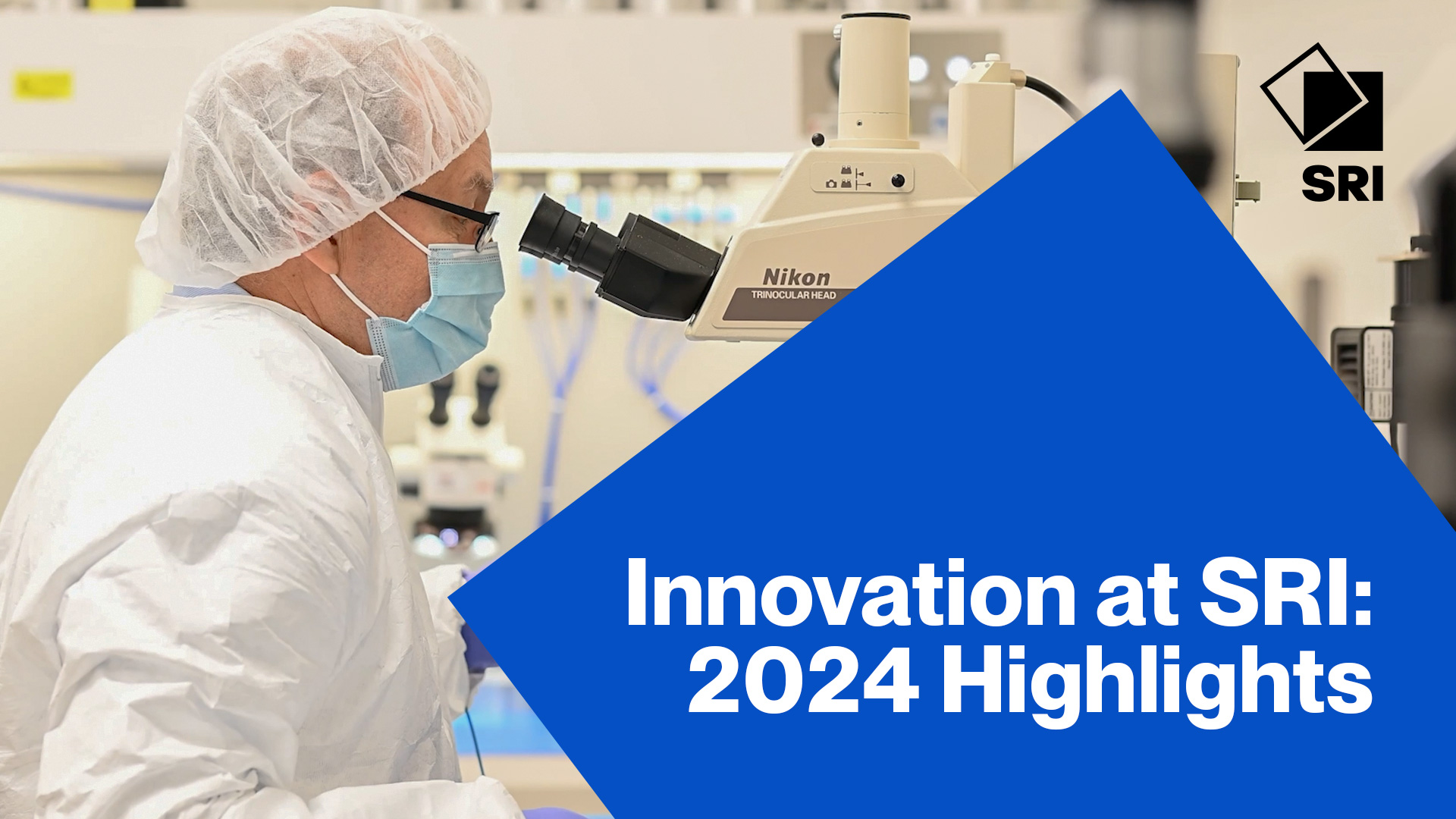Citation
Klenk, M.; Elbery, A.; Du, J.; Rakha, H. Microscopic Simulation and Calibration of a Large-Scale Metropolitan Network: Issues and Proposed Solutions. the 97th Annual Meeting of Transportation Research Board .; Washington, DC United States. Date of Talk: 01/07/18
Abstract
Microscopic traffic simulation has been used extensively to study network-wide congestion, traffic operations, traffic incidents, vehicle emissions, the performances of newly built transportation facilities and the effectiveness of traffic improvement projects. Because of the nature of microscopic simulation, it is typically used to study relatively small networks in which the level of demand is not too high and the road network is not large. In this study, INTEGRATION, a microscopic simulation tool, was used to model the Greater Los Angeles Area, a metropolitan area with a population of more than three million. To overcome the computational challenges associated with typical large-scale microscopic traffic simulation, the network was divided into five sub-networks with each network run on a different core, and the input demand file was also partitioned to account for connectivity between sub-networks. The results show that it is completely feasible to microscopically simulate large-scale networks. The findings are significant because they expand the applicability of microscopic simulation tools to large networks, which could only be modeled macroscopically or mesoscopically before. The agent-based microscopic results obtained can provide significantly more detailed vehicle-by-vehicle movement data that are expected to dramatically enhance the data of large-scale network simulations.


